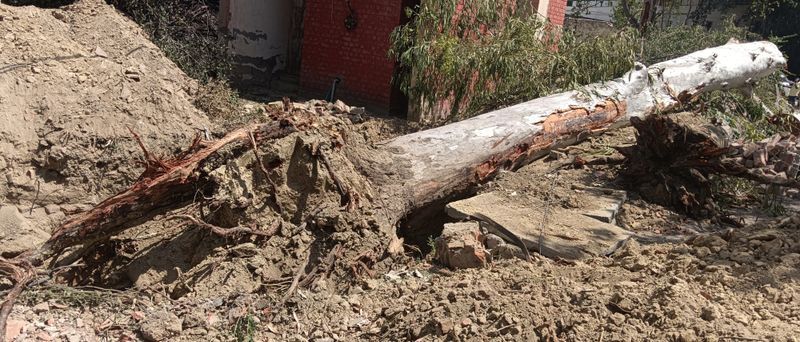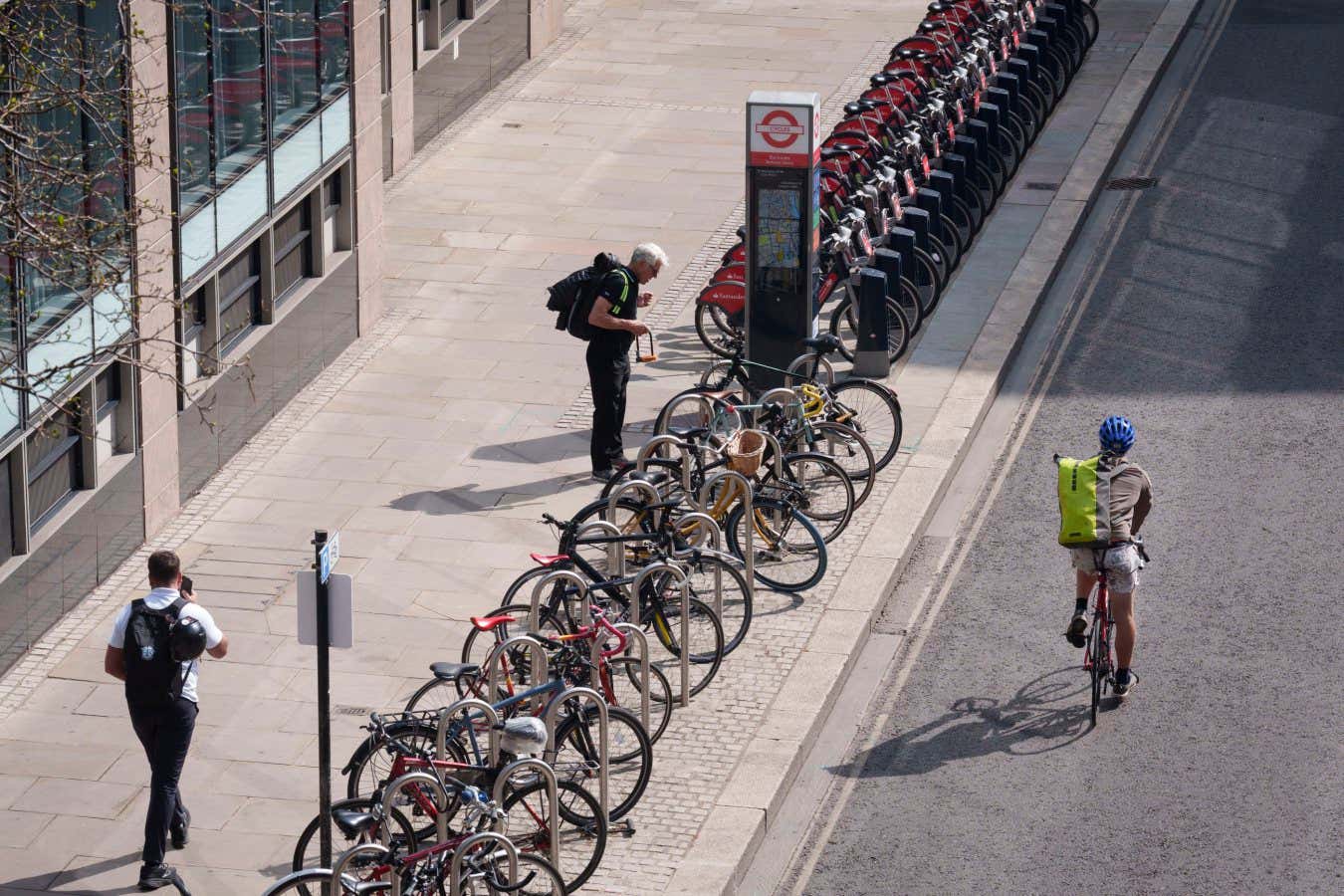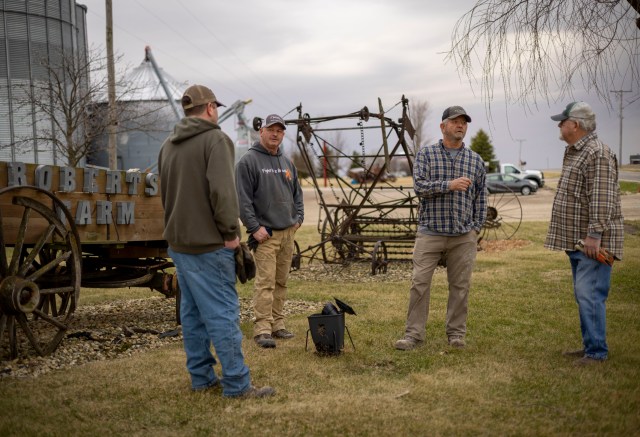Green Alert: Illegal Logging Scandal Erupts at Faridkot Medical Campus

In a shocking environmental incident, the medical college campus has become the center of controversy after an alarming report revealed the unauthorized removal of approximately 60 healthy, vibrant green trees. The complaint highlights a serious breach of environmental protocols, suggesting that the tree-cutting occurred without obtaining the necessary official approvals or clearances.
The sudden destruction of these mature trees has raised significant concerns among environmentalists, campus administrators, and local community members. The incident not only represents a potential ecological loss but also raises questions about the decision-making processes and environmental sensitivity of the institution.
Authorities are now investigating the circumstances surrounding the tree removal, seeking to understand who authorized the action and what potential consequences might follow. The incident serves as a stark reminder of the importance of preserving green spaces and following proper environmental guidelines, especially within educational institutions that should be setting exemplary standards of ecological responsibility.








